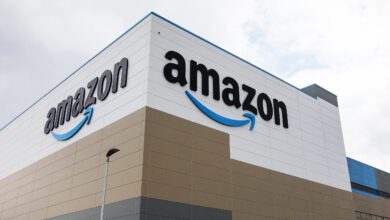Is it time to blow up your business model and switch to DTC?

Retail is in the middle of the most significant reinvention that we’ve ever seen. What it means to be a retailer is evolving, and has been ever since the introduction of ecommerce.

Join 15,000 retail professionals with a membership
Get unlimited access and stay in the know. First-year special offer pricing. Cancel any time.
You have read 2/2 free articles this month.

How many members should have access to the subscription?
Monthly
Yearly
Save £9.89
No, thanks
I already have an account

Retail is in the middle of the most significant reinvention that we’ve ever seen. What it means to be a retailer is evolving, and has been ever since the introduction of ecommerce.
